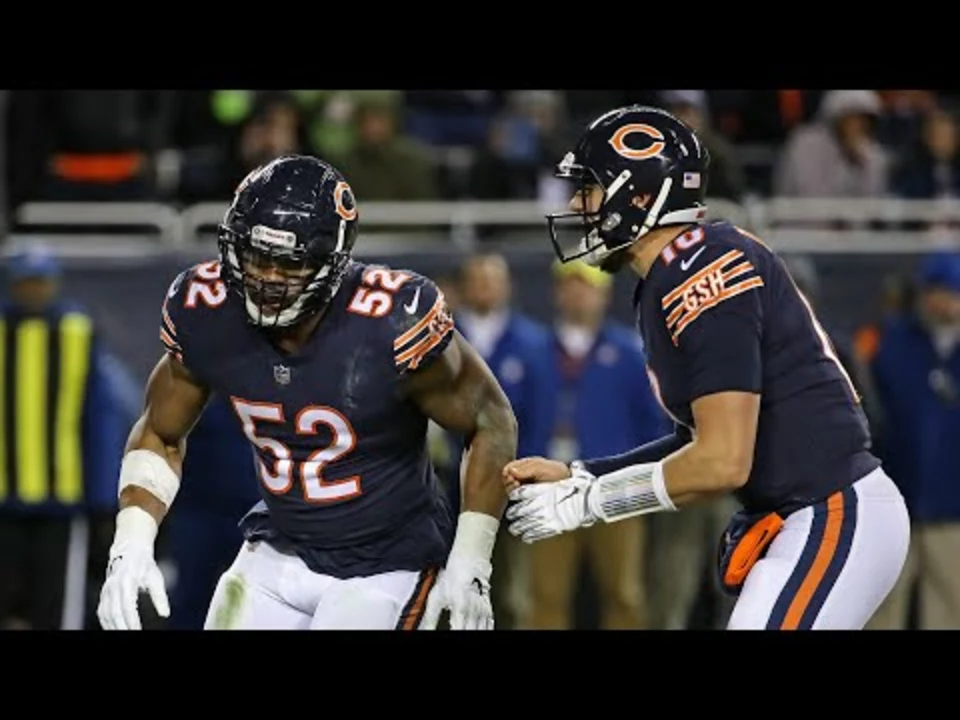Payout: How It Works in Sports Betting and Beyond
When talking about payout, the money you receive after a winning bet. Also known as return, it tells you how much profit you’ll make on a stake. Betting odds, the numbers that show the probability of an event and shape the payout are the engine behind any payout calculation. A bookmaker, the company that offers the odds and takes the bets decides those odds, while the ROI, return on investment that measures how much you earn versus what you risk tells you if the payout is worth the gamble. In short, payout encompasses betting odds, relies on the bookmaker’s pricing, and drives your ROI.
Imagine a Championship match between Coventry City and Sheffield Wednesday. If the bookmaker lists the odds at 2.5 for Coventry, a £10 stake would return £25 – £10 back plus £15 profit. That profit is the payout you earn thanks to the odds. The odds themselves are a reflection of the perceived chance of Coventry winning; the lower the chance, the higher the odds and the bigger the payout. Bookmakers balance these odds so they can stay profitable while still offering attractive payouts to bettors. When you compare several bookmakers, you might see the same match quoted at 2.45 or 2.6 – the difference directly changes your potential payout and, consequently, your ROI.
Understanding Different Payout Models
Not every bet uses the same payout formula. Fixed‑odds bets, like the example above, give you a set payout once the event ends. Parlay or accumulator bets link multiple selections together; the payout multiplies because each leg’s odds stack on top of the previous one. While parlays can produce huge payouts, they also raise the risk dramatically – if one leg loses, the whole bet loses, and the payout drops to zero. Some bookmakers offer “each‑way” bets for races, splitting your stake into a win part and a place part, each with its own payout. Knowing which model you’re using helps you gauge the realistic payout and manage your bankroll effectively.
Another key factor is the stake size. A larger stake yields a larger payout, but it also increases potential loss. Smart bettors calculate the expected payout by multiplying the stake by the odds and then subtracting the stake to see pure profit. They also compare that profit to the risk to determine if the ROI meets their target – often a minimum of 5‑10% is considered a good return in sports betting. Tools like betting calculators automate this math, letting you focus on the odds and the underlying sport instead of mental arithmetic.
All these concepts – odds, bookmakers, payout models, stake, and ROI – weave together to form the backbone of sports betting. Below you’ll find a mix of articles that dive into real‑world matches, explain how odds are set, break down betting strategies, and even touch on related topics like tournament results and player performance. Whether you’re curious about a specific game’s payout potential or want to sharpen your overall betting approach, the collection gives you practical insights you can apply right away.
